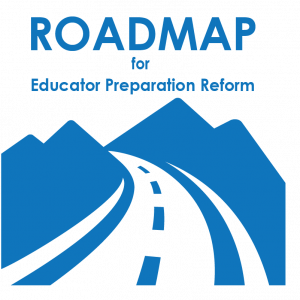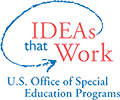
Share this Guide
Step 7: Practice Continuous Improvement

Reform efforts often lose momentum after initial implementation. Creating a continuous improvement cycle helps maintain the work’s momentum and sustain program reform over time.
Outcomes:
- The EPP has collected and analyzed data to determine progress toward outcomes stated in the action plan.
- The EPP has used data to make program reform adjustments in order to create better learning opportunities for candidates.
Steps
Step 7.1 Collect and Analyze Data
Guiding Questions
- Have the responsible parties collected data on short-, intermediate-, and long-term outcomes in accordance with the data collection procedures specified in the action plan? What data are missing that still need to be collected?
- How will data be collected and monitored to ensure that the EPP is on track to meet the outcomes specified in the action plan (e.g., program monitoring and evaluation by an administrator who examines program-level data across reformed programs within the EPP)?
Resources

Active Implementation Frameworks:
- Improvement Cycles Module: Supports faculty to facilitate cycles of improvement for program reform.
- PDSA—Who Am I? Activity: Helps both individual faculty and EPP teams work through the PSDA cycle.
- Apply the PDSA Cycle in Your Work: Provides both individual faculty and EPP teams with the “space” to discuss and reflect on the components of the PDSA cycle and apply it to EPP reform work.
Concerns-Based Adoption Model:
- Levels of Use: Determine how well faculty, both individually and collectively, are using the new reform.
Examples
- The Kentucky Excellence in Educator Preparation (KEEP) May 2019 2nd Statewide Summit: Reimagine Educator Preparation in Kentucky was designed to share and celebrate existing collaborative efforts to foster commitment and accountability across preservice to in-service to ensure teacher candidates are prepared to create equitable, accessible classroom environments for all students. KEEP’s collaborative partners via the Kentucky Teacher Education Division of the International Council of Exceptional Children released a call for proposals for articles in the online Kentucky Teacher Education Journal that will highlight original research conducted to evaluate the collaborative efforts, as well as inform implications for practice.
- The New Hampshire leadership team designed a research initiative to determine the extent and nature of partnerships between New Hampshire EPPs and LEAs to demonstrate impact on P–12 student learning and educator development. The team collected data regarding the landscape and context of current practice about partnerships, with the aims of establishing common language and expanding the volume and quality of partnerships. The research team, with representatives from Keene State College, Plymouth State College, the University of New Hampshire, and Saint Anselm College, used a conceptual framework to guide the research.
- The University of West Florida engaged in program reform across their elementary, special education, and secondary education programs, infusing universal design for learning (UDL) into coursework and field experiences using the CEEDAR, UDL innovation configuration. The reform evaluation was based on (a) faculty perceptions of the collaborative reform process, (b) curriculum impact, and (c) student impact. Initial results indicate that faculty felt empowered, valued the process, and benefited from the sustained learning experiences. Reform efforts resulted in the inclusion of the UDL essential components, with progressive levels of implementation into foundations, methods, and clinical courses. The team is evaluating student impact to examine candidate measures before and after UDL curriculum enhancement. In addition, the team is collecting postintervention data for analysis.
- Mississippi EPPs, including Delta State University, William Carey University, and University of Mississippi) engaged in program reform by focusing on one content area initially. When this process was complete and changes to programs implemented, the committees at each EPP began identifying a new area of focus, aligning with state initiatives and current context-specific university data. This process created a cycle at each EPP for annual efforts related to continuous improvement.


